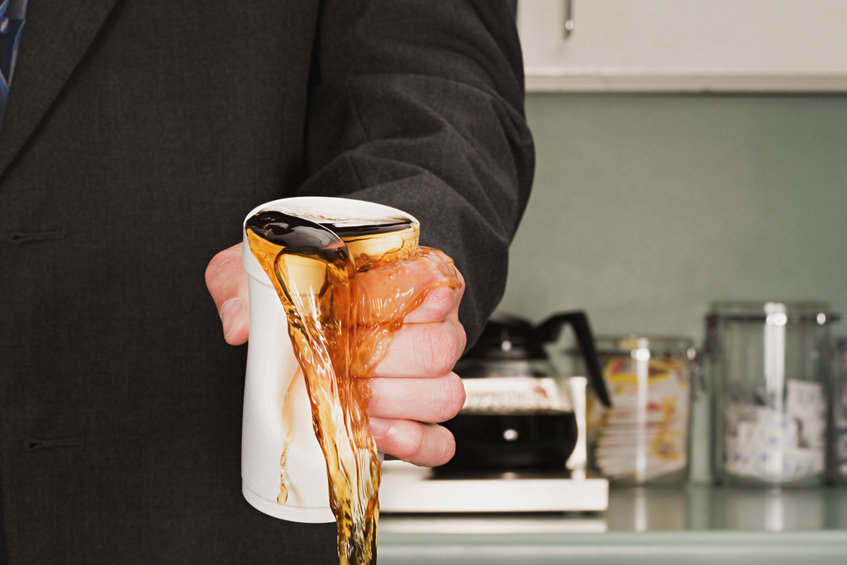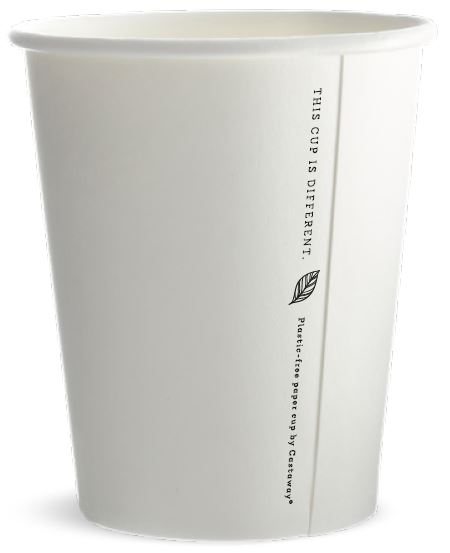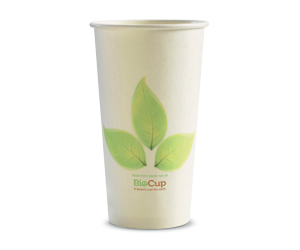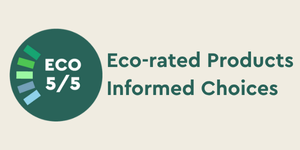PLA coffee cups
Ahh … a nice, hot, invigorating cup of coffee on the go … just when you need it. But wait …. my coffee is luke-warm and dribbling all down my nice, clean work clothes.
Styrofoam cups: problem solved. They have long been the go-to choose for coffee cups because this inexpensive material retains heat, and you don’t get hot coffee running down your arm.
But Styrofoam is made from synthetic resins, polyesters and plastics that take more than a million years to decompose in the landfill. Not so hot.
 Paper cups might therefore seem the better option. Takeaway cups made from paper means this waste problem can easily be solved with recycling. No, not so easily solved. Cups still need to be leakproof.
Paper cups might therefore seem the better option. Takeaway cups made from paper means this waste problem can easily be solved with recycling. No, not so easily solved. Cups still need to be leakproof.
To stop your drink from leaking out through the cup, thereby rendering it useless, a thin plastic lining is added to the inside of the cup. This polyethylene plastic functions as a moisture barrier.
Brilliant. Turns out this solution is not quite so perfect after all though, as polyethylene, or PE, is a petrochemical based coating made of oil generated from a non-renewable resource and must be separated from the cup before the paper portion can be recycled.
Is there a solution to this problem?
The solution? Cups made from sustainably sourced paper with a lining made from renewable materials that can be composted after use.
At Insinc, we sell catering disposables from a variety of plant-based materials. We use paper, board and pulp, but the big difference is that we don’t use conventional plastics. We sell cups lined with a PLA coating. Polylactic acid plastic is made of plant-based renewable resources, such as sugarcane starch and bamboo, and can be used for drinks and food up to 80 degrees Celsius.
What is bio-plastic?

As a more environmentally friendly approach to your packaging, PLA can be used for coffee cups and soup containers, clear cold cups, salad containers, deli pots, bin liners, takeaway trays, cutlery and lids for a variety of products. Being created with renewable resources, they reduce the demand for oil fossil fuels and oil-based plastic. According to independent reports, producing PLA uses 65 per cent less energy and generates 63 per cent fewer greenhouse gases.
PLA lined cups are compostable, which may well sound like the perfect solution, but they can’t just be put out with your usual garden waste. PLA can only break down in a commercial composting environment, where it will breakdown within twelve weeks. This does make it a more environmental choice when it compared to traditional plastics which could take centuries to decompose and end up creating microplastics. Unfortunately, only a handful of waste management facilities in New Zealand are currently equipped to process PLA plastics, but that will change.
Contact us for helpful, impartial advice on how to meet your packaging needs with the most eco-friendly materials on the market. Email us or call 0508 467 462. We offer cost-effective, competitive pricing with products ranging from economy to premium brands; we are bound to have something to suit your business. Buy online or open an account and we will deliver to your business anywhere in New Zealand.
Posted: Monday 9 August 2021


